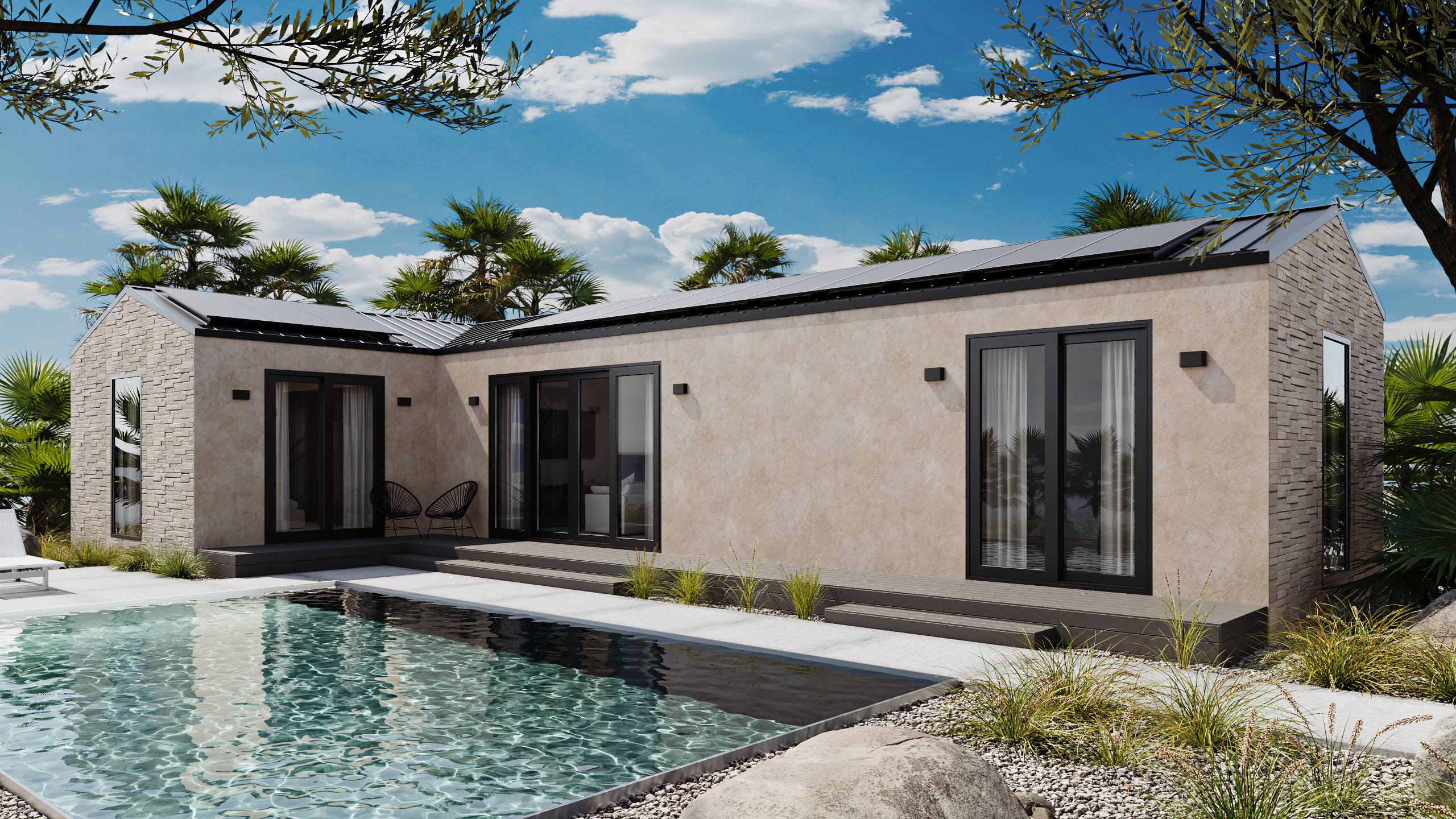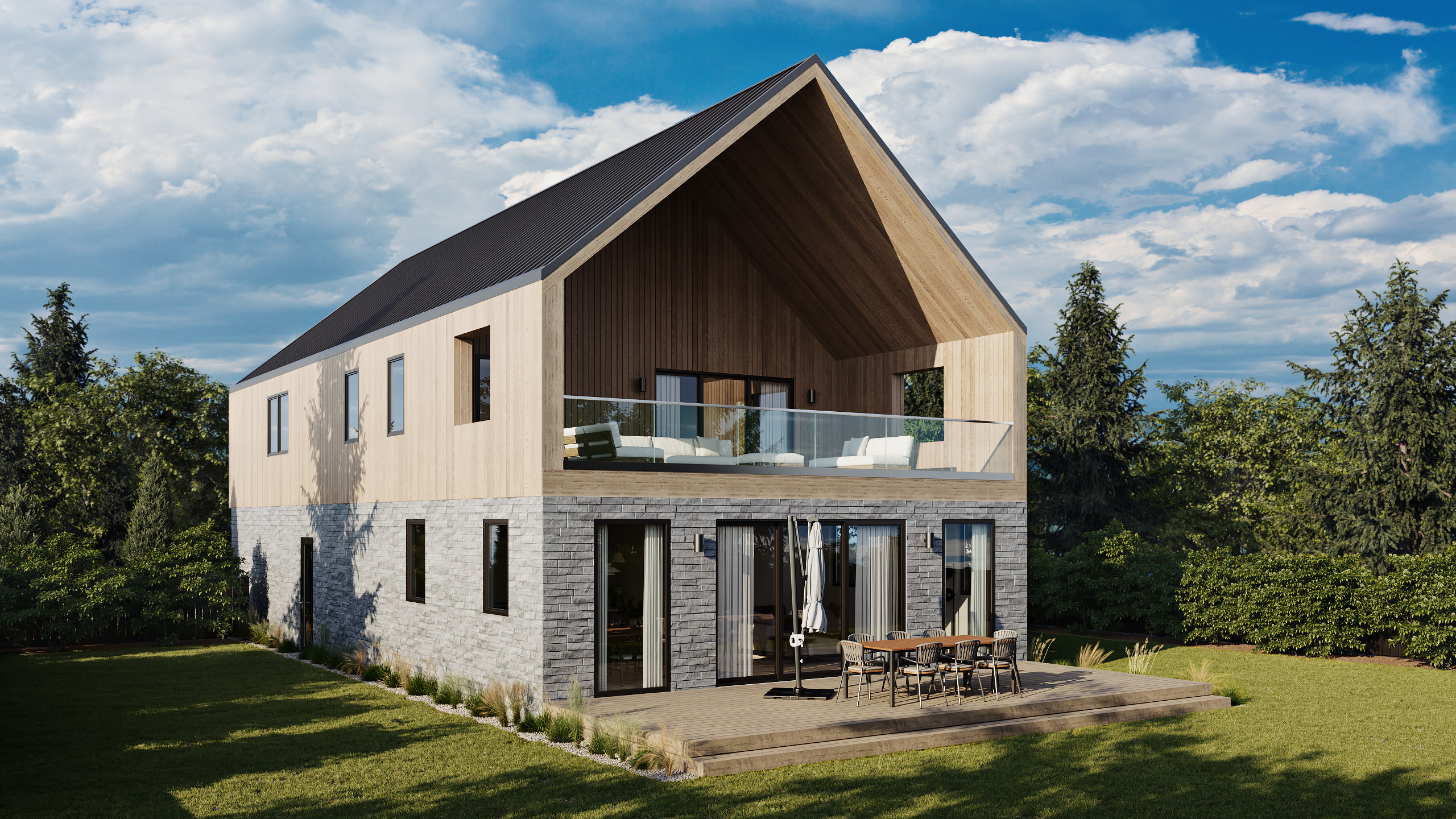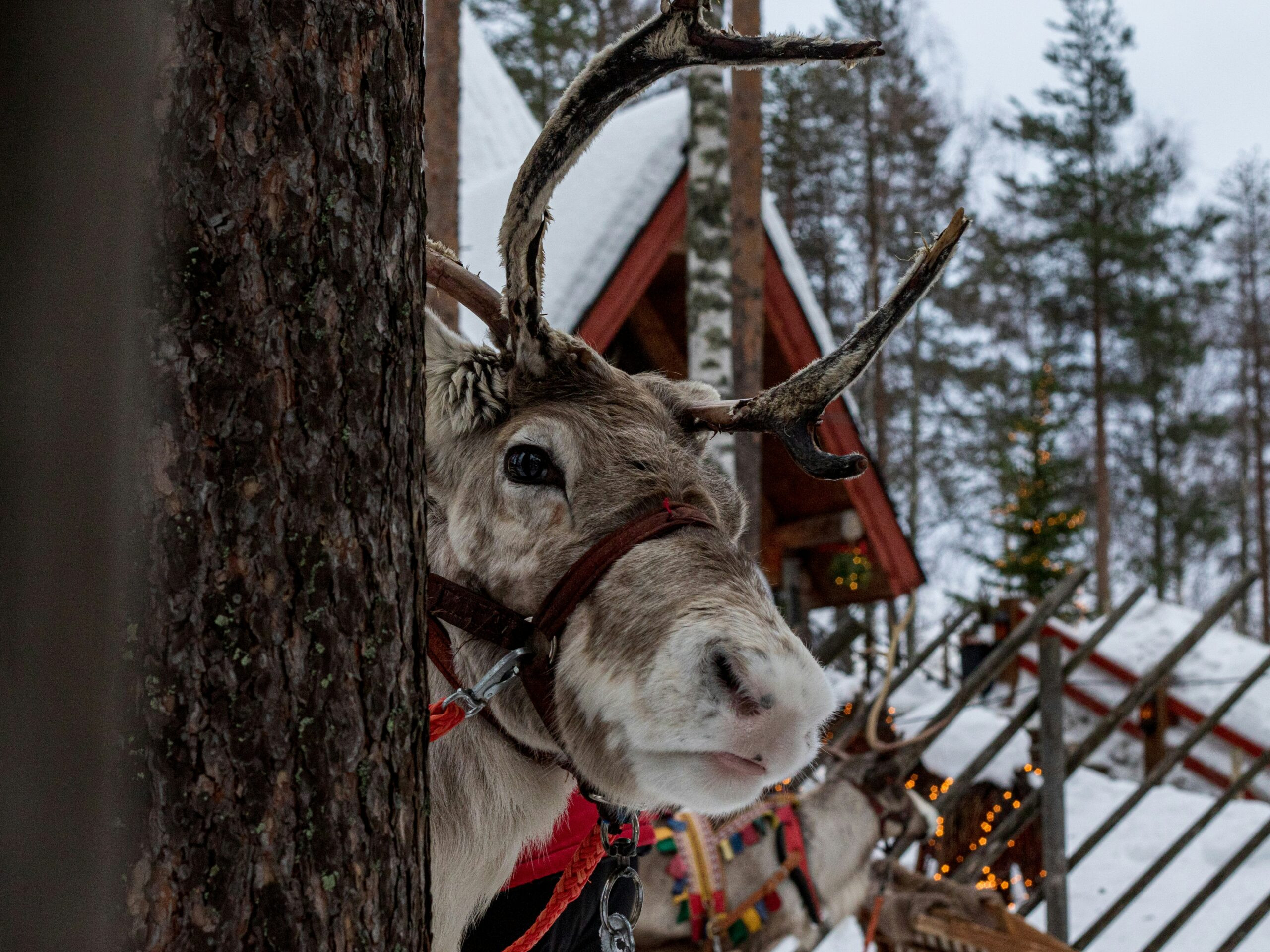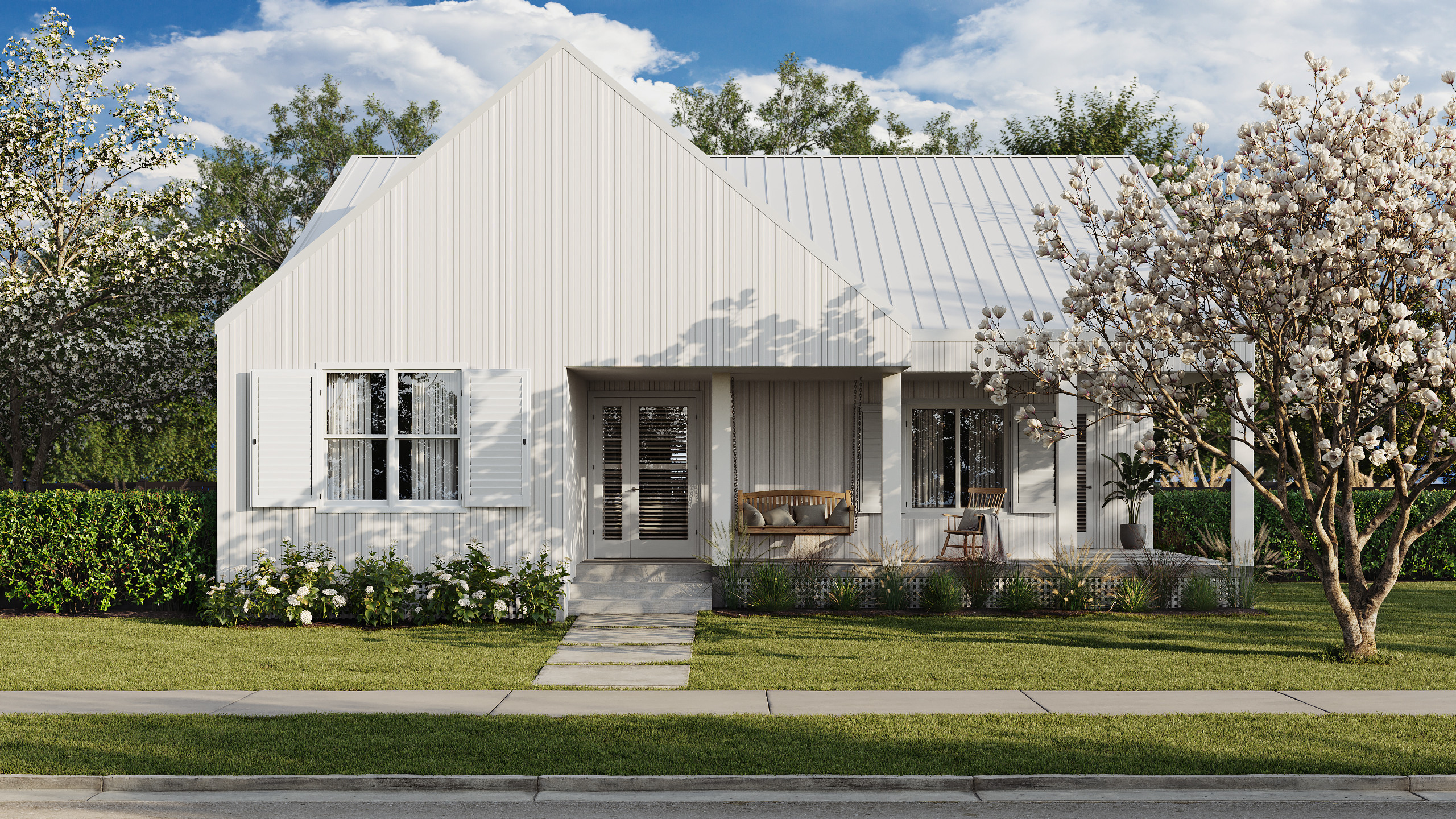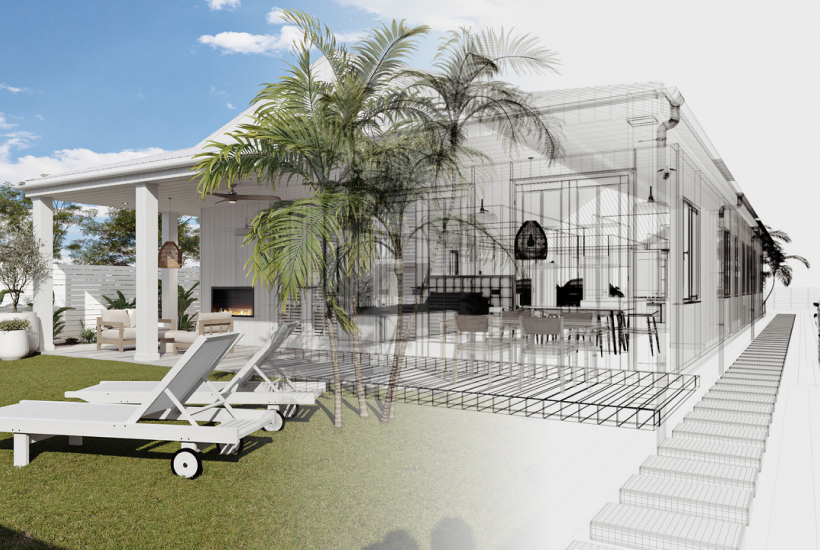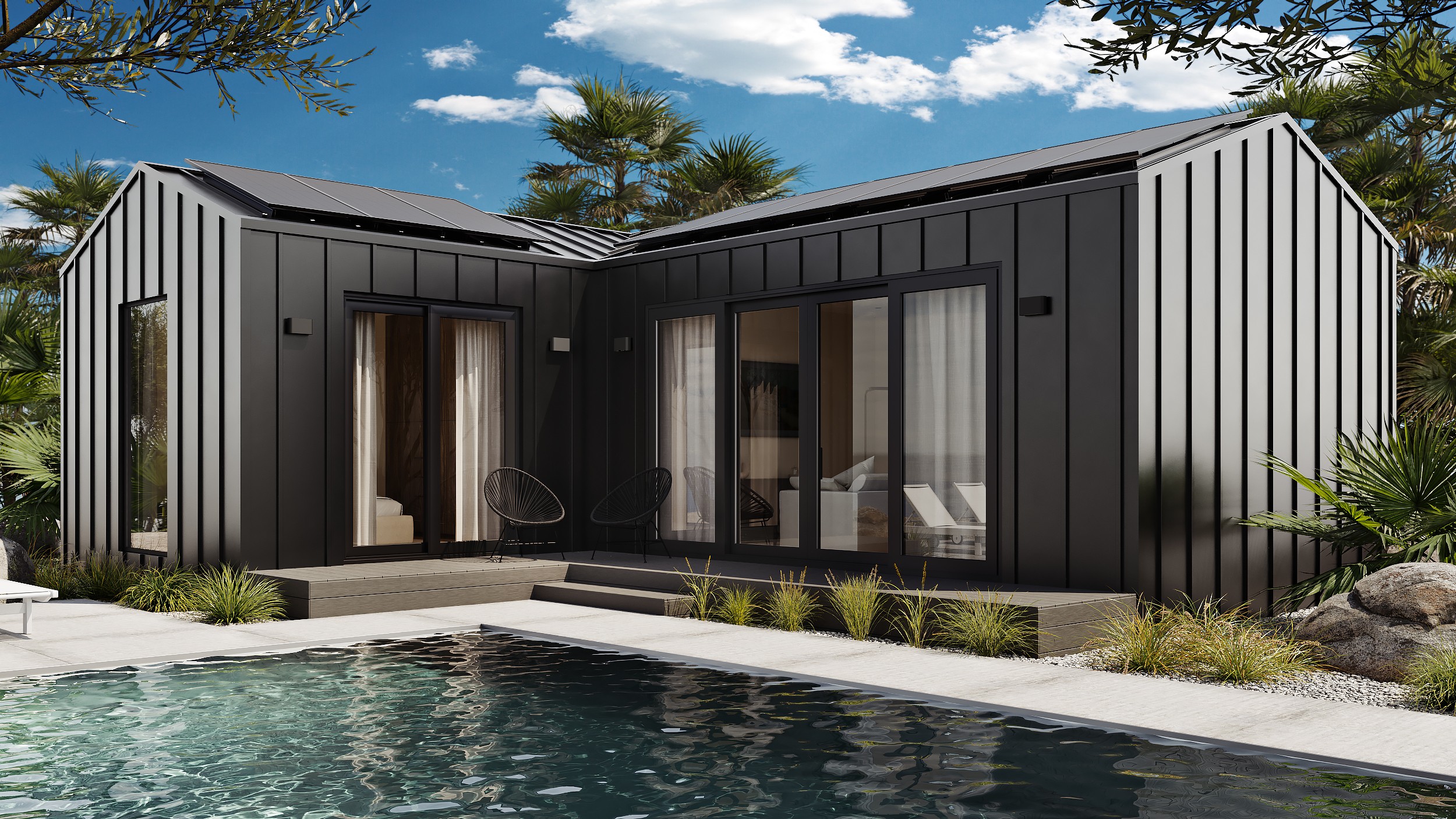The 10 Pros and 1 Con of Cold-Formed Steel
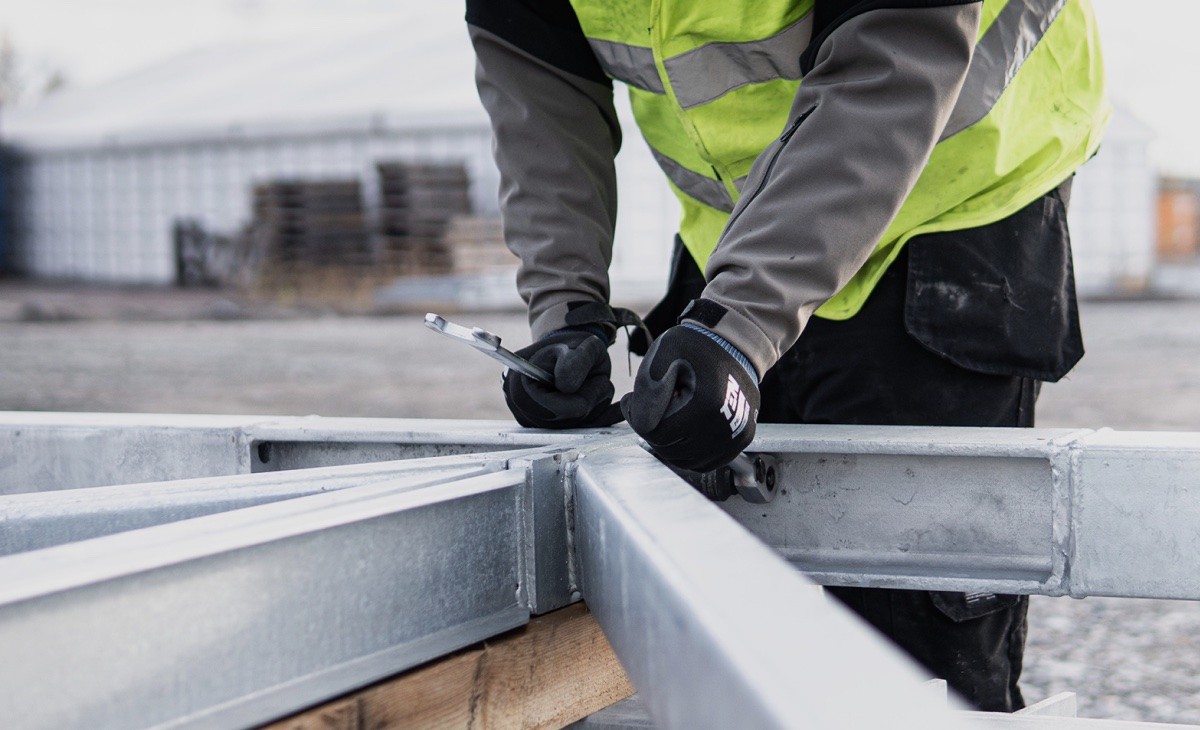
We believe in steel.
You, however, might not be so sure.
We get it.
While cold-formed steel framing is now making an impact in residential construction, that hasn’t always been the case. Timber has long been the more traditional choice.
But we think steel is better. Let us count the ways.
Wait, what do you mean by cold-formed steel?
Like its common hot-rolled steel cousin, cold-formed steel (CFS) is rolled at temperatures above 1,700 degrees Fahrenheit for added formability and workability.
But CFS goes through further processing at room temperature which results in a stronger and more precise material. (No shrinking!)
That makes it better for our Momo Home frames, as the precision ensures faster onsite assembly.
CFS has been the framing standard in places like Australia and New Zealand for decades. But technology advances have made it a prime candidate now for residential homes here in the States.
Builders have a viable choice now between cold-formed steel and timber.
Let’s break it down.
The pros of cold-formed steel
- Cost. The price of CFS framing is roughly the same as timber framing. Plus, CFS requires less skilled labor at the job site.
- Maintenance. Cold-formed steel won’t shrink, warp, or sag.
- It doesn’t burn. A 2×4, on the other hand, will ignite at around 400 degrees Fahrenheit. Insurance providers really like the non-combustible aspect of CFS. They relax a little and even cut better deals for builders and owners alike. (Who doesn’t like a chill insurance company?)
- Safety. Steel can only be warped in extreme fire conditions (the temperature needs to exceed 1,200 degrees Fahrenheit or so.) And unlike timber, steel doesn’t release toxic gas as it heats, and won’t cause the harm of smoke damage or inhalation.
- Chemical-free. Unlike timber, steel frames require no additional chemical treatments. That means they’re healthier for people with chemical sensitivities. Nobody wants to be allergic to their own home.
- Durability. Steel is built to last. It doesn’t warp, shrink, or twist, so it avoids settling problems, such as popping nails, cracked plasterboard, and window jams. Flash forward 50 years from construction, and steel will still be as sound and straight as the day it was built. It’s a welcome shift from a disposal mindset.
- Pest Resistance. Builders like to build homes that can be cherished by owners, not chewed by termites.
- Weather Resistance. Steel frames don’t rot or warp, and they’re highly resistant to fungus. They can even withstand level-nine earthquakes and wind speeds of 280 kph.
- Sustainability. Timber kills trees, of course, and is getting pricier by the day. But steel is 100% recyclable, and can be reformed and reused without losing its strength.
- Versatility. The resilience and light weight of steel frames gives them great design and layout flexibility.
The cons of cold-formed steel
- Labor challenges. Because CFS is a newer option in the field of residential construction, it can be harder to find people skilled at building and framing with steel.
And that’s it.
Really, we tried to come up with other cons, but they don’t really exist.
Looking at the facts, the winner’s pretty clear.
Until next time.
Cheers,
Mike
Mike McAllister is head of story for Momo Homes.
Track the global transition to sustainable homebuilding.
Subscribe to the Momo Focus newsletter.

